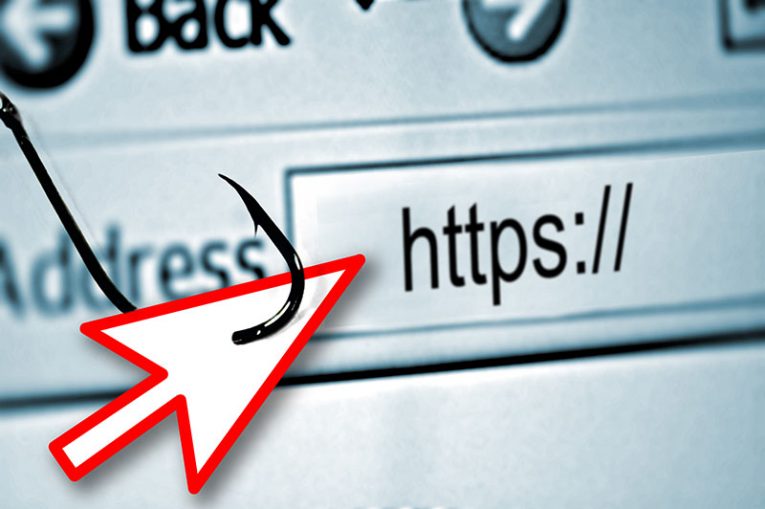OpenSpecificDark.com Attempts to Mislead Visitors

Openspecificdark.com is a misleading page that tricks users into authorizing push notifications, allowing the website to flood devices with disruptive advertisements. The website employs deceptive tactics, such as fake browser errors, to persuade users to click "Allow Notifications" as a supposed solution. If granted permission, Openspecificdark.com will flood your system with intrusive pop-up ads, even when your web browser is not in use.
Openspecificdark.com is a misleading website that exploits the push notification feature of browsers to flood users with bothersome spam ads. It belongs to the category of potentially unwanted programs (PUPs) and browser hijackers.
This website operates by using misleading methods to encourage visitors to enable push notifications, often through the presentation of counterfeit system warnings and alerts. For instance, it might display a phony notification claiming that your browser is "out of date" and that enabling notifications is necessary for an update.
However, allowing notifications does not result in a browser update. Instead, it grants Openspecificdark.com permission to deliver push notification spam directly to your desktop or mobile device.
How Can Misleading Websites Trick You Into Accepting Push Notifications?
Misleading websites can employ various tactics to trick you into accepting push notifications. These tactics often rely on deception and misdirection to persuade you to enable notifications without understanding the consequences. Here are some common ways these websites trick users:
- Fake System Warnings and Alerts: Misleading websites may display fake system alerts that claim your browser is outdated, your Flash Player needs an update, or your system is at risk. These warnings urge you to click "Allow Notifications" to resolve the issue. In reality, clicking this option enables push notifications rather than addressing the purported problem.
- Button and Element Misplacement: Some websites intentionally misplace or design buttons to mislead users. The "Allow Notifications" button may be visually similar to other elements on the page, such as a "Close" or "Cancel" button, causing users to click it accidentally.
- Social Engineering: Websites might use persuasive language and psychological manipulation to convince users that enabling notifications is essential for accessing content, receiving updates, or ensuring security. Users are often coerced into enabling notifications by making them feel it's in their best interest.
- Hidden or Delayed Requests: Some websites hide the notification request prompt or intentionally delay it until users are engaged with the content. Users might click on a page element, intending to perform a different action, but are prompted to enable notifications instead.
- Impersonation of Legitimate Sites: Misleading websites may mimic the design and branding of reputable websites to create a sense of trust. Users are more likely to accept notifications when they believe they are on a well-known and trusted platform.








